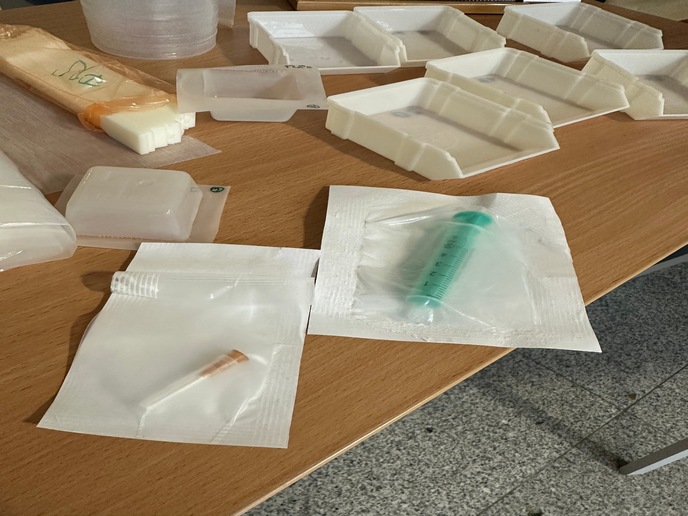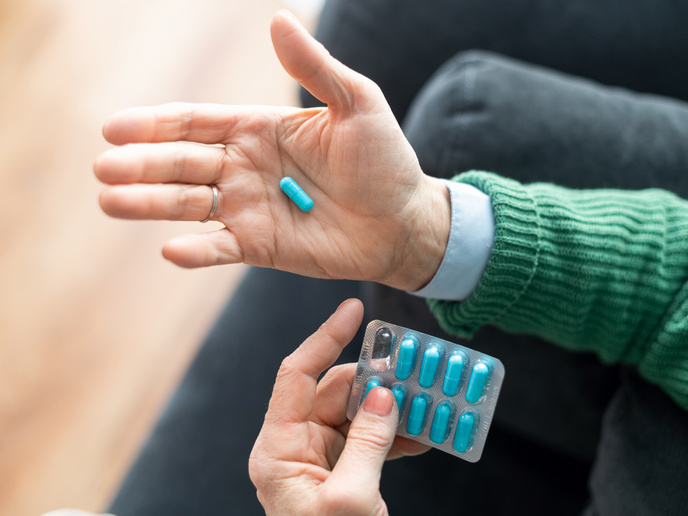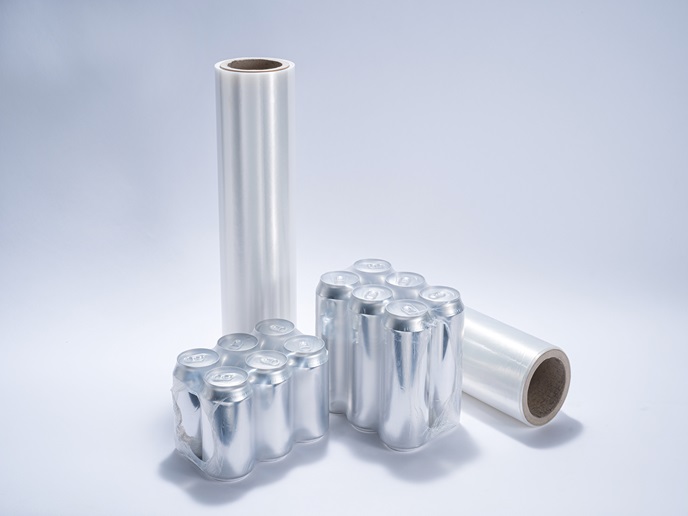A green chemistry approach for the medical device industry
The increase in laparoscopic and robotic surgery and other minimally invasive procedures has prompted a worldwide surge in single-use medical devices. Currently, such devices and much medical packaging are neither sustainable nor biodegradable. The GREEN-MAP project, funded with support from the Marie Skłodowska-Curie Actions programme(opens in new window), brought together a cohort of research universities and plastic manufacturing companies to assemble a portfolio of viable green alternatives for medical packaging and disposable devices.
A library of bio-based polymers
The plastics used in medical packaging and devices must meet a wide range of criteria. Depending on their application, the items must have a hard, rigid shell or flexible, paper-like qualities. Moreover, to meet health requirements, their materials must also have appropriate barriers, even whilst being designed to biodegrade. GREEN-MAP successfully designed materials to meet these criteria. Project coordinator Miroslawa El Fray states: “It was confirmed that from the wide range of copolymers, it was possible to select materials suitable for all aspects of medical device packaging such as rigid shells, films and paper coatings, with appropriate mechanical and barrier properties.” The GREEN-MAP consortium explored renewable feedstocks such as starch, cellulose and vegetable oils to create green alternatives to the medical plastics currently in use. In addition to scouting potential bio-based monomers, the building blocks of biodegradable polymers(opens in new window), the project employed green chemistry approaches using enzymes and other low-impact catalysts to synthesise polymers. The resulting collection of promising polymers was a major achievement. El Fray shares: “The most promising result of the project was the development of a library of bio-based and vegetable oil-sourced monomers for the synthesis of green polymers for the packaging and disposable medical device industry.” Other innovations further improved the project’s bio-based polymers. Researchers managed to process materials using a variety of techniques, from conventional methods to 3D printing and electrospinning. What’s more, they used bioactive additives to enhance the antibacterial properties of the polymers.
Academic and industry collaboration
The intersectoral nature of the project brought together four European universities, one American university and four European companies in the co-creation of bio-based polymers suitable for medical applications. A total of 65 participants, many of them early-stage researchers, benefited from this synergy. Despite the impact of COVID 19, which limited secondments, researchers were able to gain international experience and exposure to industrial workplaces, thus enhancing their employability. Further, participants enriched their skillsets thanks to local training courses, including workshops and training in life-cycle assessment. El Fray notes: “The project facilitated the acquisition of knowledge about decision-making on experimental approaches, research funding, mentoring, project management and entrepreneurship. It provided opportunities to access new research facilities and reinforce scientific worldwide networks and developed collaborations and new research ideas for future projects.” Companies are ready to take the lead as well. Project partner KB Folie Polska(opens in new window), a manufacturer of flexible packaging, intends to use polymers designed by GREEN-MAP to produce packaging for medical devices. The latest results of the biodegradability studies show that promising polymers containing vegetable oil monomers have lost 70 % of their mass after 3 months of decomposition. With life-cycle assessments and other studies giving the go-ahead to these green alternatives, hospitals are poised to enter the circular economy.







